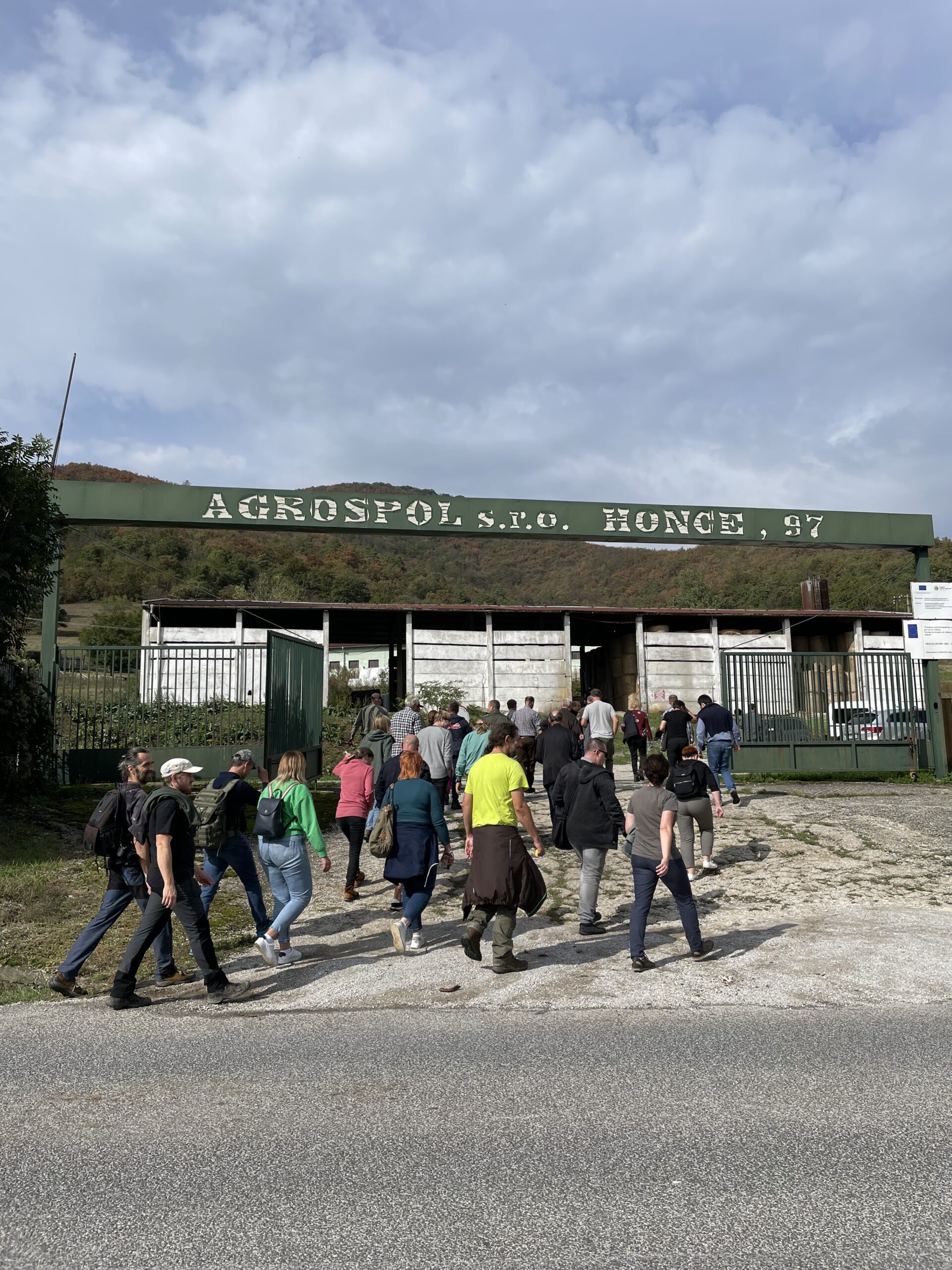Participants engaged in lectures and discussions aimed at preventing conflicts with these large carnivores. However, our work goes beyond just discussions; we believe in taking action. Our goal is to bridge the gap between theory and practice while building a network of active individuals sharing their knowledge. To that end, we visited four farms that utilise a variety of herd protection methods. One notable stop was in the village of Slaná, where farmers practice sustainable pasture management through mowing and grazing. They shared their experiences with protective measures, such as electric fences, shepherds, and trained dogs. A local farmer remarked, “We understand that large carnivores are a part of nature. The preventive measures we use have been incredibly effective in reducing conflicts.”
Farmers from the Czech Republic, Poland, and Hungary also contributed their insights, affirming that coexistence with large carnivores is achievable, albeit with necessary investments in preventive strategies. Whether through the use of shepherd dogs, effective fencing, or legislative changes, these tools are vital for minimising the risks associated with living near wildlife.
Participants unanimously agreed that it’s essential for countries to advocate for government support in implementing these preventive measures. They pointed to successful efforts in Poland and the Czech Republic as examples to follow. However, the situation in Slovakia and Hungary presents unique challenges, including limited access to EU subsidies for these initiatives. Farmers cautioned that without effective predator management, livestock losses are likely to rise.
